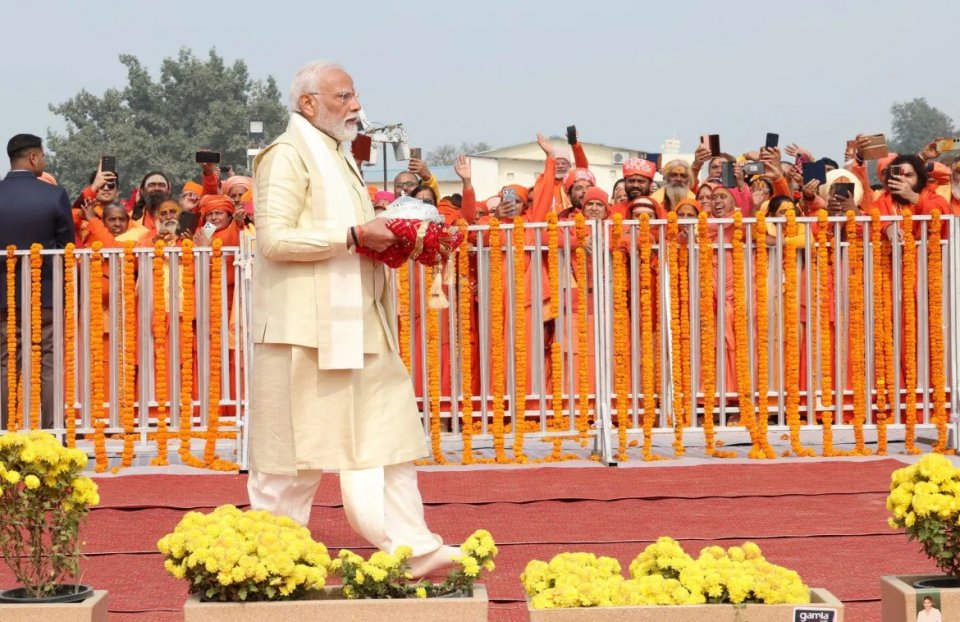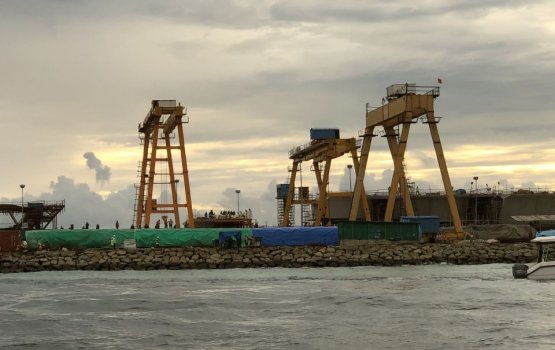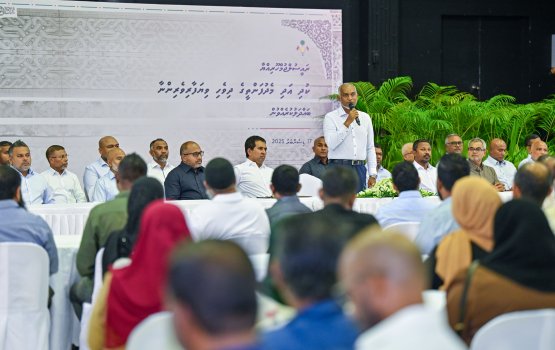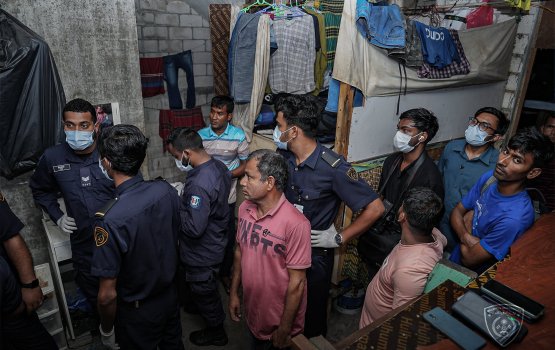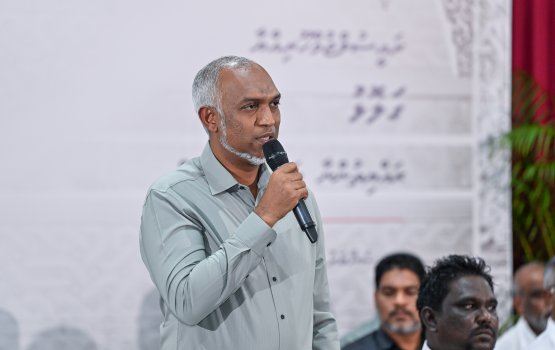A Decade of Change
In a major boost for Prime Minister Narendra Modi’s economic narrative, the World Bank has endorsed India's sharp reduction in poverty over the past decade. According to its latest report, the proportion of Indians living in extreme poverty—on less than $2.15 a day—dropped dramatically from 16.2% in 2011-12 to just 2.3% in 2022-23. This shift lifted an astonishing 171 million people above the extreme poverty line.
Bridging the Rural-Urban Divide
The transformation has been especially significant across rural and urban areas.Rural extreme poverty fell from 18.4% to 2.8%, while urban poverty declined from 10.7% to 1.1%. The rural-urban gap, once 7.7 percentage points wide, has narrowed sharply to 1.7 points—an impressive 16% annual decline.
India’s transition into the lower-middle-income category further highlights its economic strides. Measured against the $3.65 daily poverty line, the poverty rate tumbled from 61.8% to 28.1%, lifting an additional 378 million people out of poverty.
States Driving the Shift
Five major states—Uttar Pradesh, Maharashtra, Bihar, West Bengal, and Madhya Pradesh—played an outsized role in this turnaround. These populous regions, which once accounted for 65% of India's extreme poor, contributed to two-thirds of the nationwide poverty reduction.
Still, challenges persist. As of 2022-23, these states continue to house 54% of India’s extreme poor and 51% of its multidimensionally poor, according to earlier surveys.
Beyond Income: The Multidimensional Gains
Poverty is not just about income, and India has made strides there too.The World Bank’s Multidimensional Poverty Measure shows non-monetary poverty has plunged from 53.8% in 2005-06 to around 15.5% in 2022-23. Access to health, education, and living standards have improved, painting a fuller picture of India’s progress.
Employment Growth: A New Engine
Adding to the positive momentum, employment growth has outpaced the growth of the working-age population since 2021-22. Urban unemployment has fallen to 6.6% in the first quarter of 2024-25—the lowest since 2017-18. Women’s participation in the workforce is also rising, although gender disparities remain stark.
"Recent data shows male workers moving to urban centers for the first time since 2018-19, while rural female employment in agriculture is growing," the World Bank report noted. However, youth unemployment remains high at 13.3%, and even higher—29%—among those with college degrees. Formal job opportunities are still limited, with only 23% of non-farm paid jobs considered formal employment.
Self-employment, especially among rural workers and women, has surged, yet the gap between men and women in paid work remains vast: 234 million more men than women are currently employed.
The Road Ahead
India’s achievements in poverty reduction are undeniable, but the journey isn't over. The World Bank’s report highlights both the remarkable gains of the past decade and the pressing challenges that remain. As India continues its upward trajectory, the next phase will require deeper reforms in education, formal employment, and gender inclusion to ensure that growth is both broad-based and resilient.

